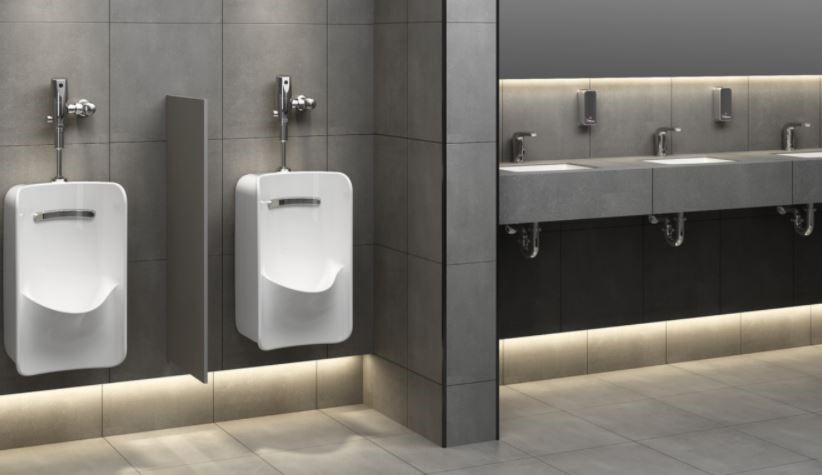On Monday, November 16, we partnered with American Standard to present “The Future of Public Restrooms” at the CIPHEX Virtual Conference, hosted by the CIPH (Canadian Institute of Plumbing & Heating).
The CIPHEX Virtual Conference is Canada’s online trade show and conference for plumbing hydronics and HVACR. It is an opportunity for attendees to connect with an exclusive group of North America’s top manufacturers, learn about the products, technologies, and services, and to grow businesses.
Our president, William Petro, and National Account Manager, Zach Allison, discussed the challenges of designing safe and durable public restrooms in a current and post-COVID-19 world.
As we continue to navigate through the transmission (direct and indirect) contact of COVID-19, there are new challenges involved when designing existing and new restroom spaces. The challenges (traffic planning, sanitation space, the durability of materials, airflow & moisture, physical distancing, minimizing touches on contact surfaces) are important to consider when keeping health & safety in mind.
In the presentation, William discusses the following challenges of public restroom designs.
![]() Traffic Planning
Traffic Planning
As people go in and out of a restroom throughout the day, we are unsure of the contact surfaces they may have touched. Communication materials (i.e. signs) are suggested to limit the number of people inside the space.
 Increased Sanitation Space
Increased Sanitation Space
To further encourage hand-washing after using the restroom, free-standing handwashing or hand sanitizer stations to help alleviate traffic flow and contact.
![]() Increased durability of materials
Increased durability of materials
Traces of viruses can stay on the materials (copper, cardboard, plastic, stainless steel) of products inside a restroom for long periods of time. It is vital to identify products that are easy to clean and maintain safe usage in the restroom.
![]() Airflow and Moisture
Airflow and Moisture
To help minimize airborne contamination in a restroom, upgrades and solutions should be considered. If possible, filters that are compatible with your current HVAC system are recommended to be installed as well as keeping areas close to HVAC inlets and outlets to be cleared of obstruction.
![]() Physical Distancing in Small Spaces
Physical Distancing in Small Spaces
As we look to continue maintaining 6 feet apart from one another in small spaces, physical barriers are vitally important to ensure privacy and safety among users.
![]() Minimize Contact Surfaces at Entrance
Minimize Contact Surfaces at Entrance
There are 4 touch points (doors, toilet seats, flush valves) upon entering and using a public restroom. Therefore, automated sensor solutions (automatic door and indicators) are recommended to avoid potential issues with contact surfaces.
In addition, Zach Allison discusses a complete walkthrough of a case study of how these new challenges can be addressed for the short and long term. The case study focused on how ATS addressed the challenges in the restrooms in their head office.
Our amazing team is always here to help! Click on the button below and we will be happy to discuss your next project with you to address your challenges!
Share this article


